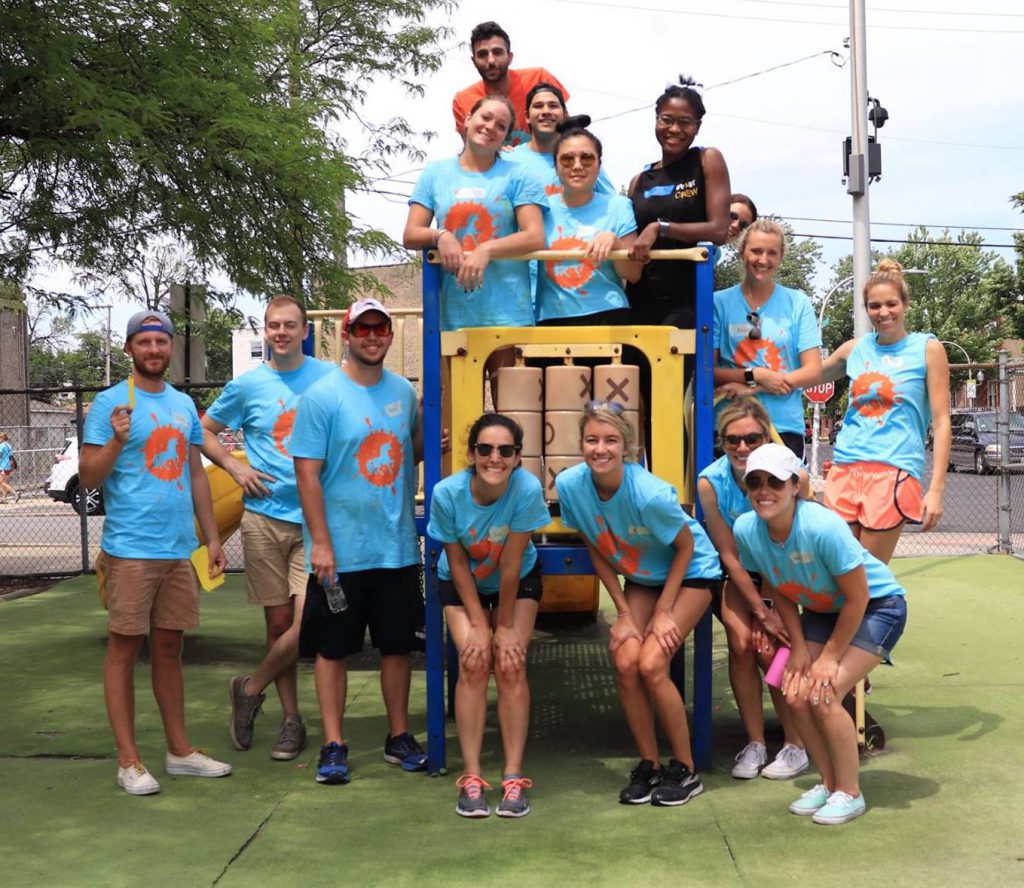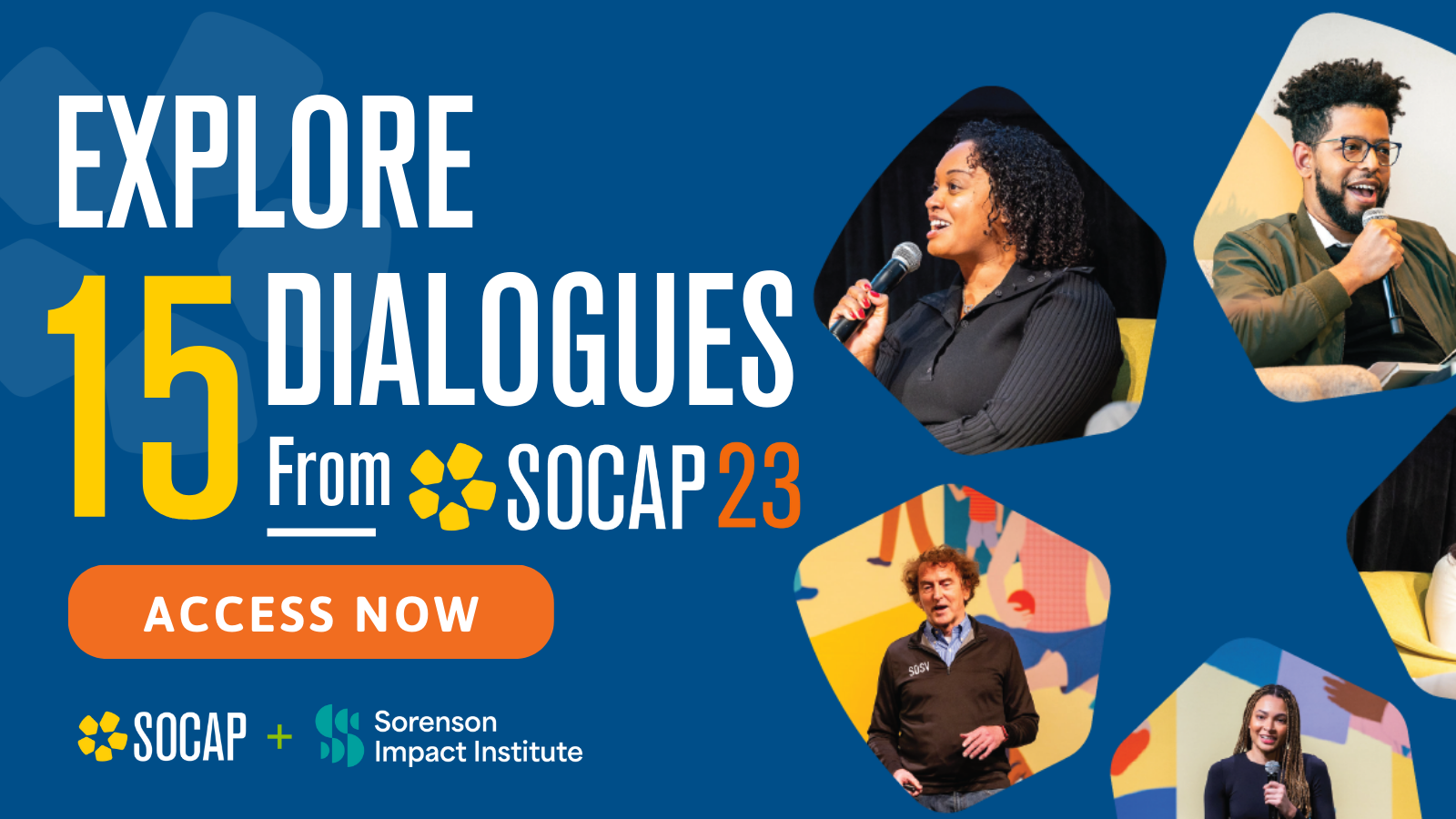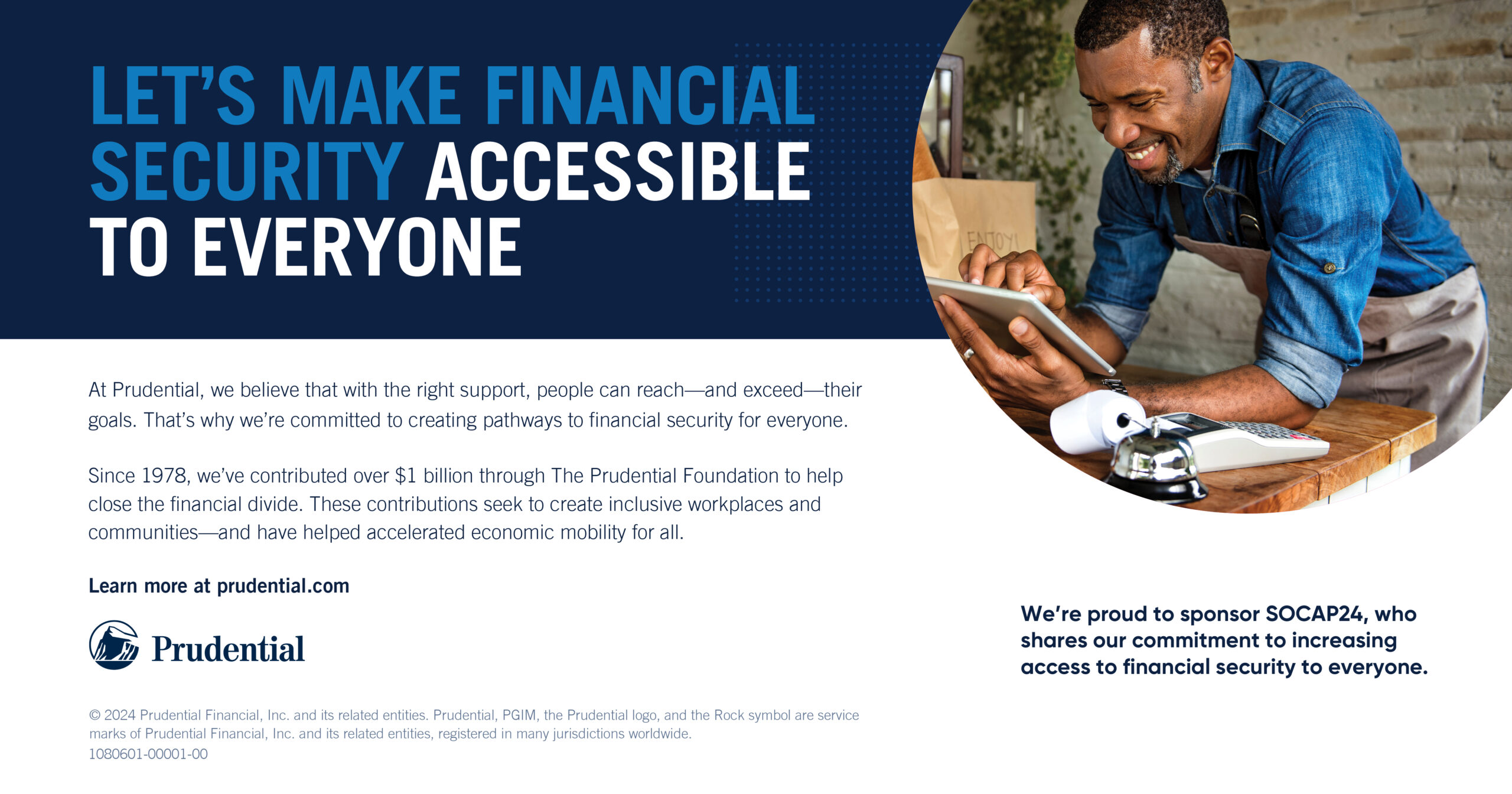In a 2000 Harvard commencement address, Conan O’Brien related success to a bright white tuxedo. “You feel terrific when you get it, but then you’re desperately afraid of getting it dirty,” he remarked.
The same can be said of corporate purpose. With stakeholder capitalism taking center stage at the World Economic Forum and the Business Roundtable’s recent statement on purpose, companies are waking up to the need for a mission beyond profit. The result is often gleaming strategy documents — a la the white tuxedo — outlining a bold social mission. But these are only thought exercises until they’re executed in the real world, which means getting them dirty.
So, what’s the best way to take the leap from glistening, pristine declarations and pledges to making an honest, tactile impact in the real world? It starts by designing a plan that is shaped not by what you want to do, but what is actually needed to make a difference. And, perhaps most importantly, making sure it all makes logistical sense.
Before attempting to put your corporate purpose in motion, consider the following three questions.
1. Who can help bring our purpose to life?
Social impact might not your area of expertise, so it’s crucial to find a community partner that can understand your authentic corporate purpose and is passionate about marrying that with their mission. Relying on their deep knowledge about the challenges they face, and the viable solutions, is the first step toward expressing your purpose in a way that is credible — and actionable.
For example, Digitas (our client) is a global marketing and technology agency that cares about school improvement. With a large office in Chicago, we collectively determined that they could make the biggest impact with their annual all-company volunteer day by helping to transform local public schools, many of which have not been renovated or beautified in decades.
Knowing that hundreds of volunteers can’t just show up uninvited and make whatever improvements they want, we always establish a genuine partnership and ask — not tell — the school what they need most.
We identify a partner by considering factors such as location (proximity to Digitas’s downtown Chicago office), size (to impact the greatest number of kids), and need (which schools are most run-down). The final and most important factor is administration enthusiasm, as the ideal partner is always one that is as fired up about your purpose as you are about their mission.

Photo courtesy of Digitas
2. How can we have real impact with our skills and limited time?
Once you have identified a partner, now you’re ready to figure out what you can realistically achieve given the team’s expertise and how much time you have. Digitas is filled with smart, creative employees with experience branding organizations and making them look good. How does that fit with Chicago Public Schools? And what can be done in just one day?
In Chicago, many under-resourced schools are closing and merging with others. This was the case with Castellanos and Cárdenas Elementary, which together serve over 1,100 students. Principal Dr. Jeremy Feiwell wanted to unify the two before the new school year began with a new look and feel, similar to what Digitas does for other brands.
After months of conversations that we facilitated with the school about which projects were doable and sustainable, Digitas ended up creating a new logo for the merged school, painted slogans and inspirational murals to reflect the school’s values and diversity, plus built furniture, cleaned storage areas, and painted classrooms to improve the learning environment.
Having set realistic expectations, over 350 volunteers in just one day accomplished everything they set out to do.
3. What will the experience be like?
Nobody wants to arrive at a volunteer day after months of anticipation and then stand around with nothing to do — or sit for hours in traffic on the way there, or have no fun at all. It is vital that the experience match the impact and is positive both for volunteers and the community partner.
For Digitas’s school enhancement projects, we procure supplies and tools in advance (over 300 gallons of paint!), visit the site multiple times to figure out exactly what everybody is going to do, and prepare the school so that when volunteers arrive, they can spend their time making an impact instead of putting paper on the floor.
In the meantime, Digitas internally creates custom t-shirts, hats, and fanny packs for their employees to build anticipation. They even have “Digateers,” or volunteer champions, who get more deeply involved in the planning process.
The result is that most Digitas employees say that volunteer day is their favorite part of working at the company, according to Rachael Lease from the HR department. For an industry competing fiercely for talent, that matters. Plus, executives work alongside the rest of the employees, building camaraderie and creating a better overall work environment.
In the end, everybody wants to come back and do it for another school the following year, which is the ultimate goal.
The days are long gone of putting out a purpose statement and being done with it. Employees and consumers expect action, and they’ll see right through the lack of it. Blue sky thinking is a good start, but real-life implementation needs to be taken seriously if success is what you’re after.
Taking the leap may mean making mistakes, but brands with the right intentions will be forgiven. Asking yourself these three questions, and not moving forward until you have all of the answers, will avoid self-inflicted wounds and give you the confidence to take your purpose to the streets. Even if it means getting dirty.






